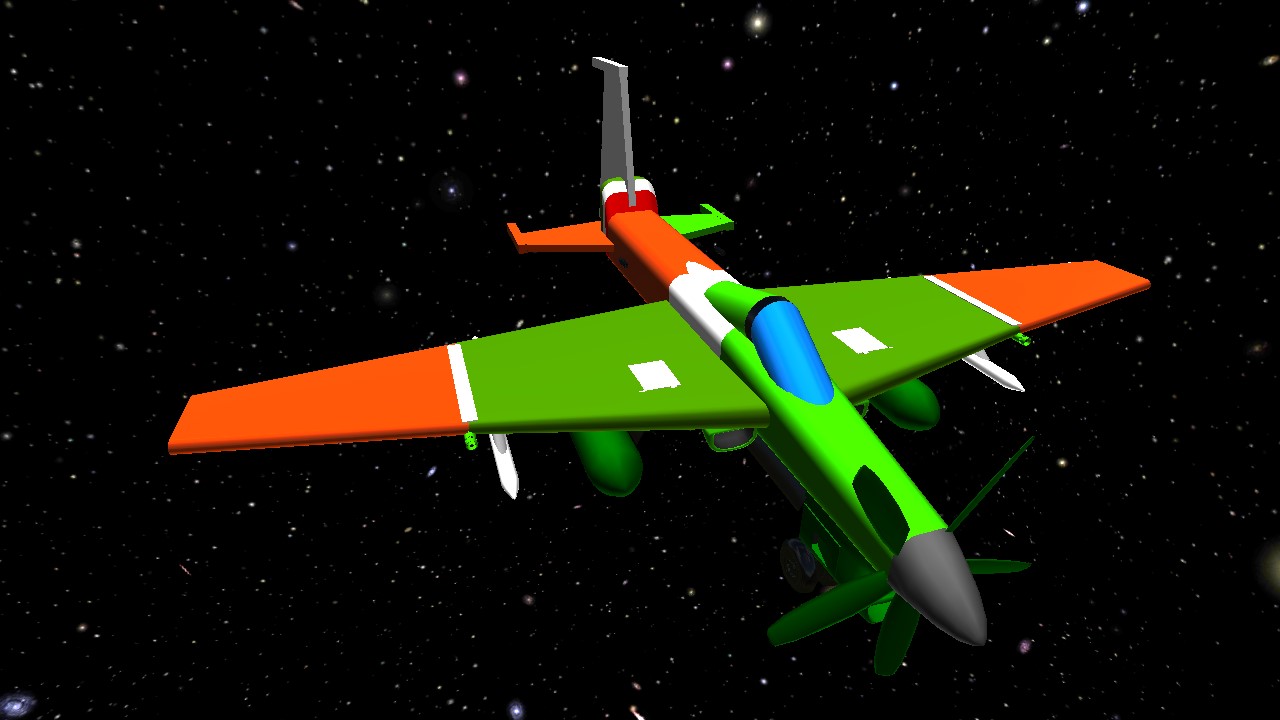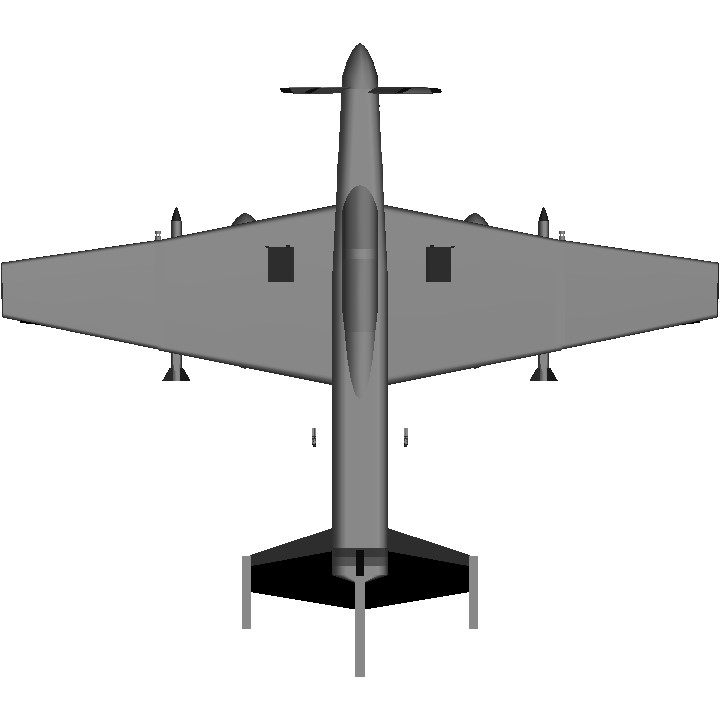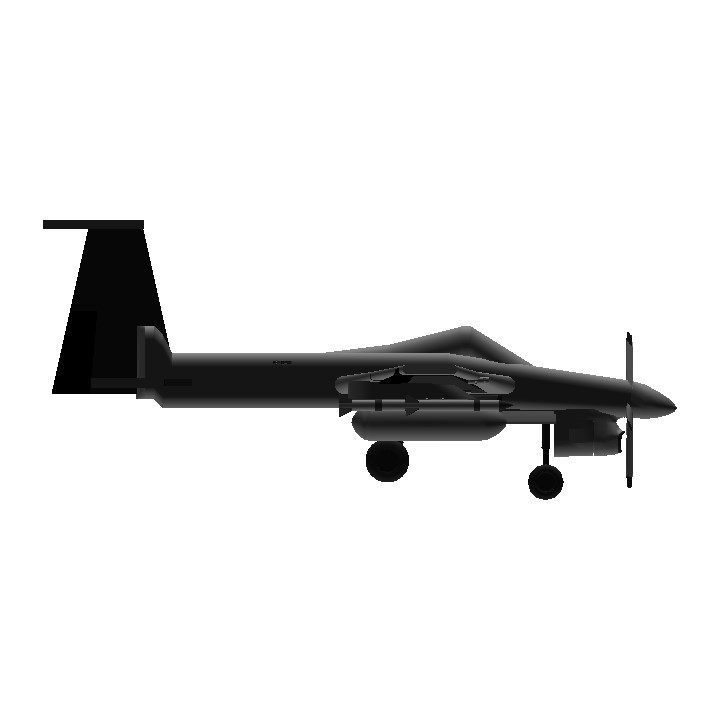During the mid-1980s, Embraer was working on the Short Tucano alongside a new version designed EMB-312G1, carrying the same Garrett engine. The EMB-312G1 prototype flew for the first time in July 1986. However, the project was dropped because the Brazilian Air Force was not interested in it. Nonetheless, the lessons from recent combat use of the aircraft in Peru and Venezuela led Embraer to keep up the studies. Besides a trainer, it researched a helicopter attack version designated "helicopter killer" or EMB-312H.[5] The study was stimulated by the unsuccessful bid for the US military Joint Primary Aircraft Training System program. A proof-of-concept prototype flew for the first time in September 1991. The aircraft features a 1.37-m (4.49-ft) fuselage extension with the addition of sections before and after of the cockpit to restore its center of gravity and stability, a strengthened airframe, cockpit pressurization, and stretched nose to house the more powerful PT6A-67R (1,424 shp) engine. Two new prototypes with the PT6A-68A (1,250 shp) engine were built in 1993. The second prototype flew for the first time in May 1993 and the third prototype flew in October 1993.[6]
Specifications
General Characteristics
- Predecessor Afghan a-29
- Created On Android
- Wingspan 32.2ft (9.8m)
- Length 28.3ft (8.6m)
- Height 12.5ft (3.8m)
- Empty Weight 5,393lbs (2,446kg)
- Loaded Weight 6,765lbs (3,068kg)
Performance
- Power/Weight Ratio 3.321
- Horse Power/Weight Ratio 0.443
- Wing Loading 39.1lbs/ft2 (190.8kg/m2)
- Wing Area 173.1ft2 (16.1m2)
- Drag Points 4020
Parts
- Number of Parts 54
- Control Surfaces 5
- Performance Cost 298




